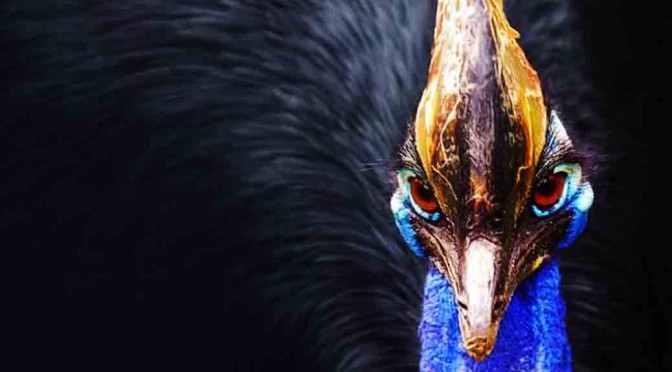Background
What would you get if you if you crossed a duck, frog & snake? Hint: It is a mammal and lays eggs!
You’d have one of the most weirdest and mysterious animal, the Platypus.
 Note: Unlike what is popularly taught in schools, Platypus is not the “only mammal that lays eggs”. Echidna – Knuckles from Sonic the Hedgehog – is the second kind of mammal that lay eggs.
Note: Unlike what is popularly taught in schools, Platypus is not the “only mammal that lays eggs”. Echidna – Knuckles from Sonic the Hedgehog – is the second kind of mammal that lay eggs.
So, Platypus is considered a strange animal because, it secretive and even today, not everything is known about it. It has a beak that looks like a duck’s beak, it’s feet are webbed like that of a frog’s. Besides that, this cute & cuddly looking creature, found in the Eastern part of Australian fresh waters, uses venom like a snake. But there is more:
Some Incredible things about the Platypus
Firstly, it lays eggs and is not a reptile. It is one of those two mammals which lays eggs.
For up to 3 months the male Platypus stores the eggs in its bill.
They swim underwater with their eyes shut and come out mostly at night.
 Venom: They have a sharp and hollow thumbnail (spur) in their hind legs that is venomous. The venom is strong enough to kill a dog (doesn’t kill humans, but is extremely painful). This is used only in self defense. And only males are venomous. I never knew they had venom, but since they are from Australia, I had expected that.
Venom: They have a sharp and hollow thumbnail (spur) in their hind legs that is venomous. The venom is strong enough to kill a dog (doesn’t kill humans, but is extremely painful). This is used only in self defense. And only males are venomous. I never knew they had venom, but since they are from Australia, I had expected that.
Electrolocation: Under water, they detect electrical signals to find insects, store them behind their bill, come up and then eat them. It uses electrolocation – sees using electricity – Like bats use echolocation.
Under their bill are about 40000 sensors arranged in longitudinal strips. These sensors can detect fluctuations in the surrounding electric field. Even something producing a very minor electric fluctuation at a distance – contractions in the muscles – can be detected by the Platypus.
Sharks do the same and this is the reason they attack and damage our internet cables under the sea.
Mechanical sensors: Besides that 60000 mechanical sensors (push rods) are used to detect movement in the water. Scientists say that the information from the electrical sensors and mechanical sensors is combined by its brain to calculate the prey’s exact location.
No Nipples: The young ones feed on milk from the mother Platypus. This milk doesn’t come from nipples, it comes from modified sweat glands (not unique to platypus) under its body. It has no nipples.
They can eat their own body-weight in under a single day.
They find it hard to stay underwater because they have a natural buoyancy. Yet, they can use other objects to stay under water for a maximum of 10 minutes. Then they have to come up for air.
Babies: The baby Platypus does not have an official name. Some call it puggle (which is not correct). But the accepted word, “Platypup” can be used.
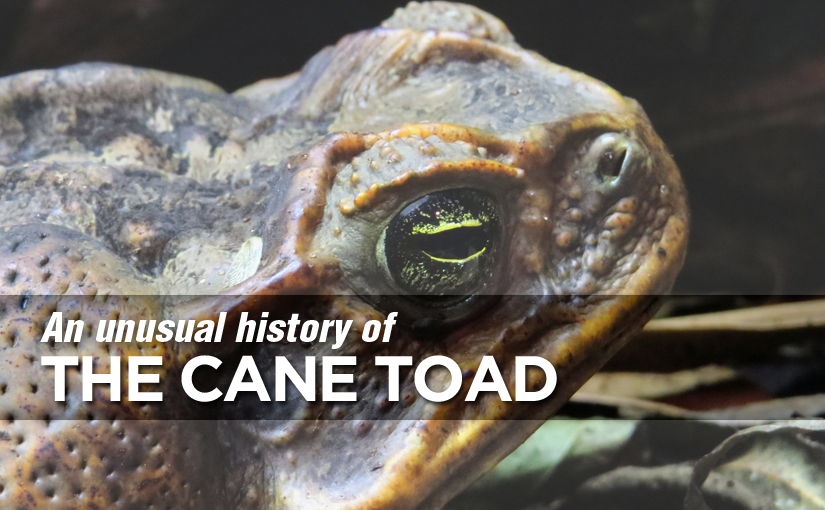
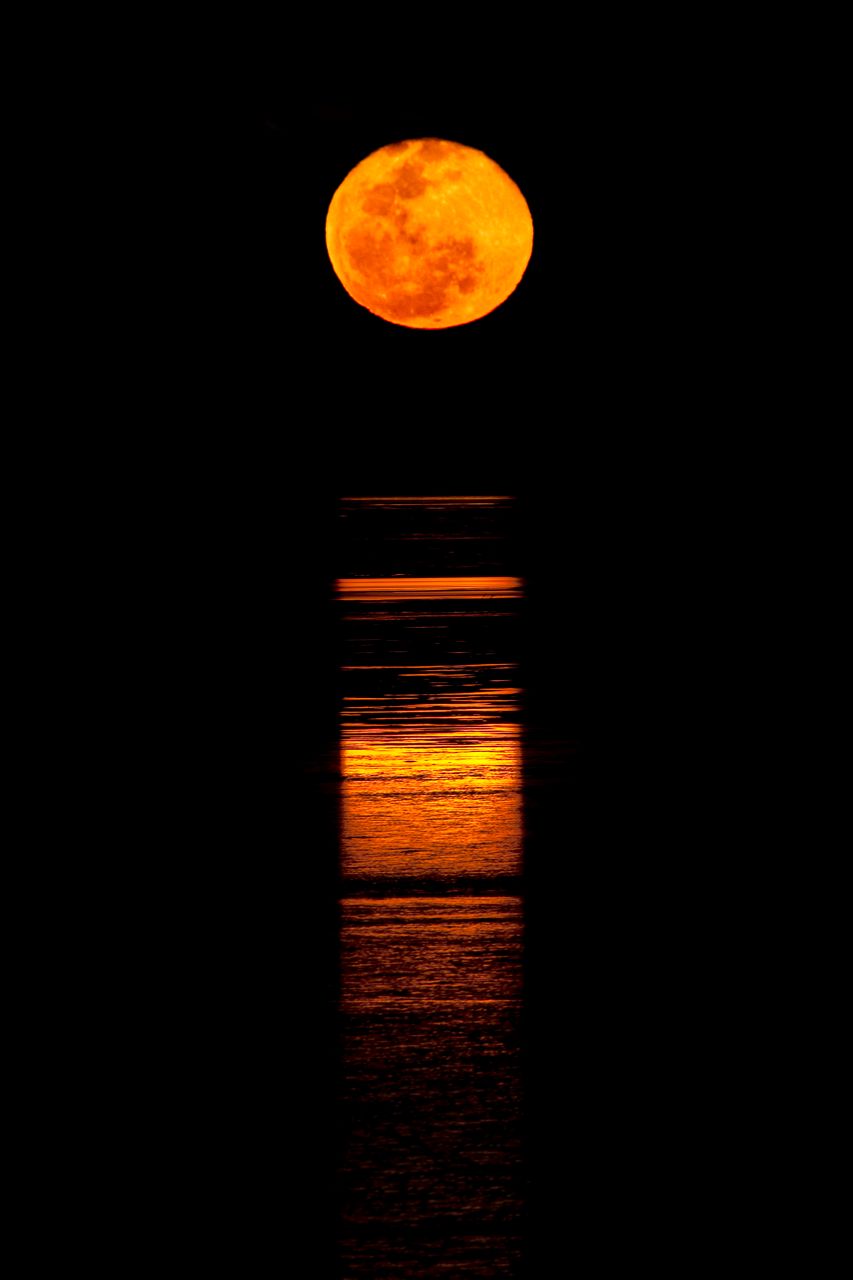
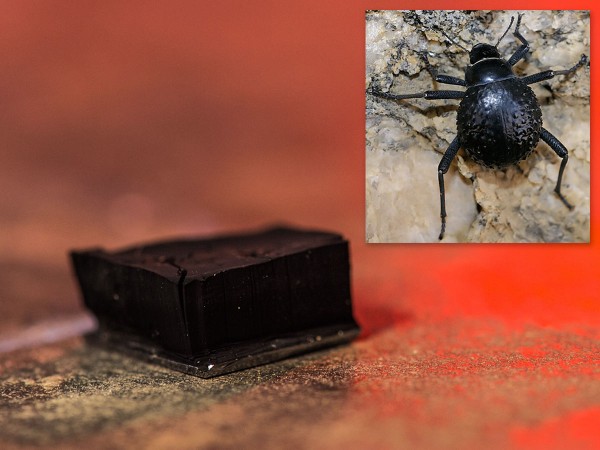
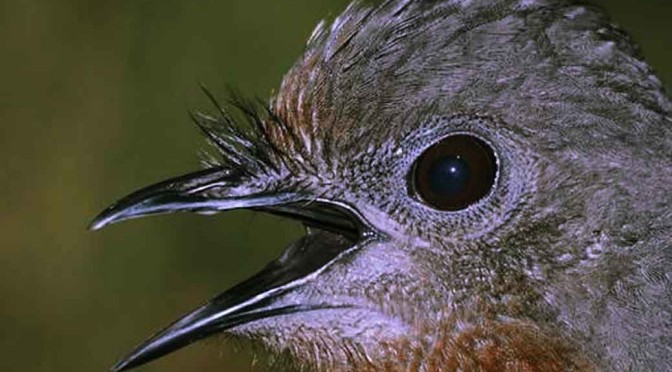
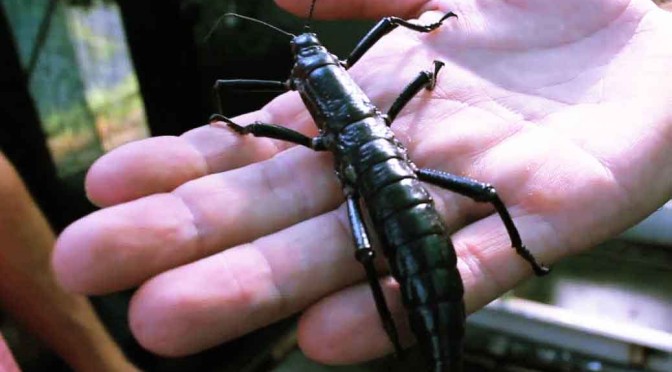

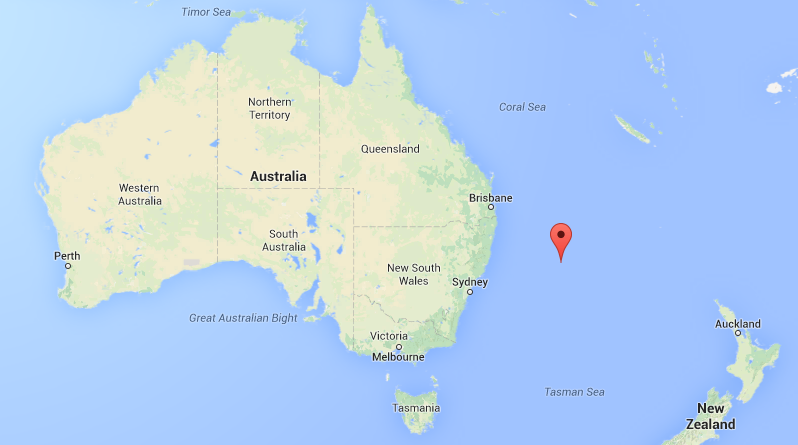
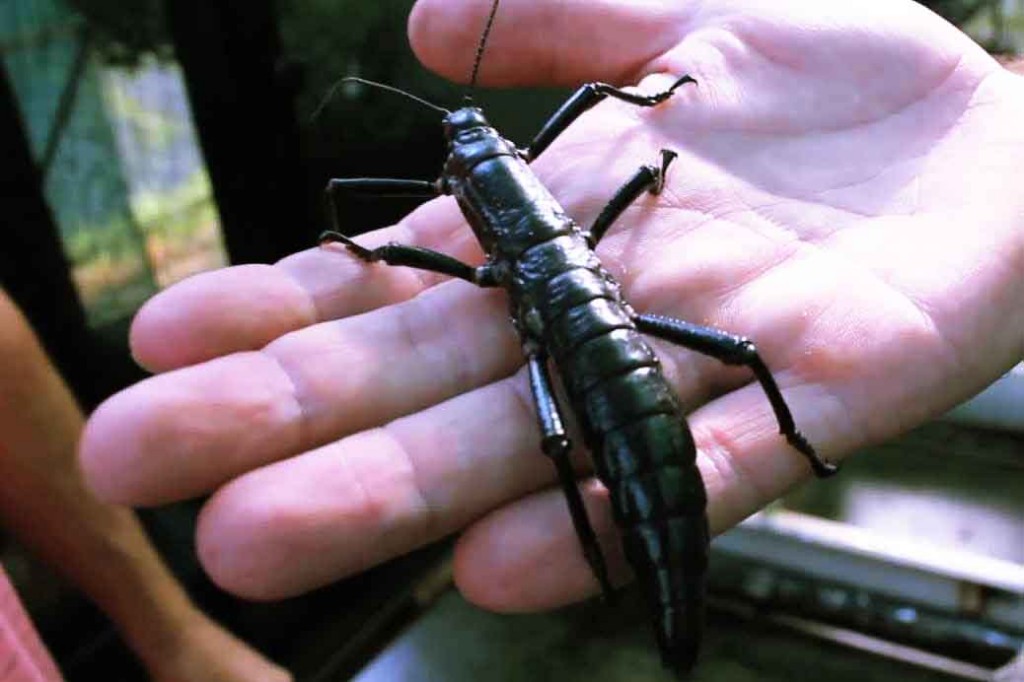
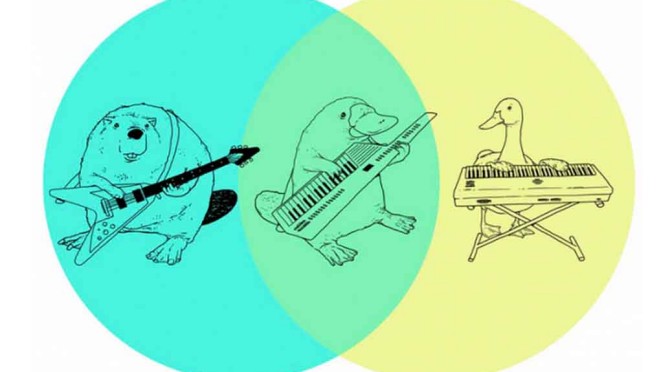
 Note: Unlike what is popularly taught in schools, Platypus is not the “only mammal that lays eggs”. Echidna – Knuckles from Sonic the Hedgehog – is the second kind of mammal that lay eggs.
Note: Unlike what is popularly taught in schools, Platypus is not the “only mammal that lays eggs”. Echidna – Knuckles from Sonic the Hedgehog – is the second kind of mammal that lay eggs. Venom: They have a sharp and hollow thumbnail (spur) in their hind legs that is venomous. The venom is strong enough to kill a dog (doesn’t kill humans, but is extremely painful). This is used only in self defense. And only males are venomous. I never knew they had venom, but since they are from Australia, I had expected that.
Venom: They have a sharp and hollow thumbnail (spur) in their hind legs that is venomous. The venom is strong enough to kill a dog (doesn’t kill humans, but is extremely painful). This is used only in self defense. And only males are venomous. I never knew they had venom, but since they are from Australia, I had expected that.